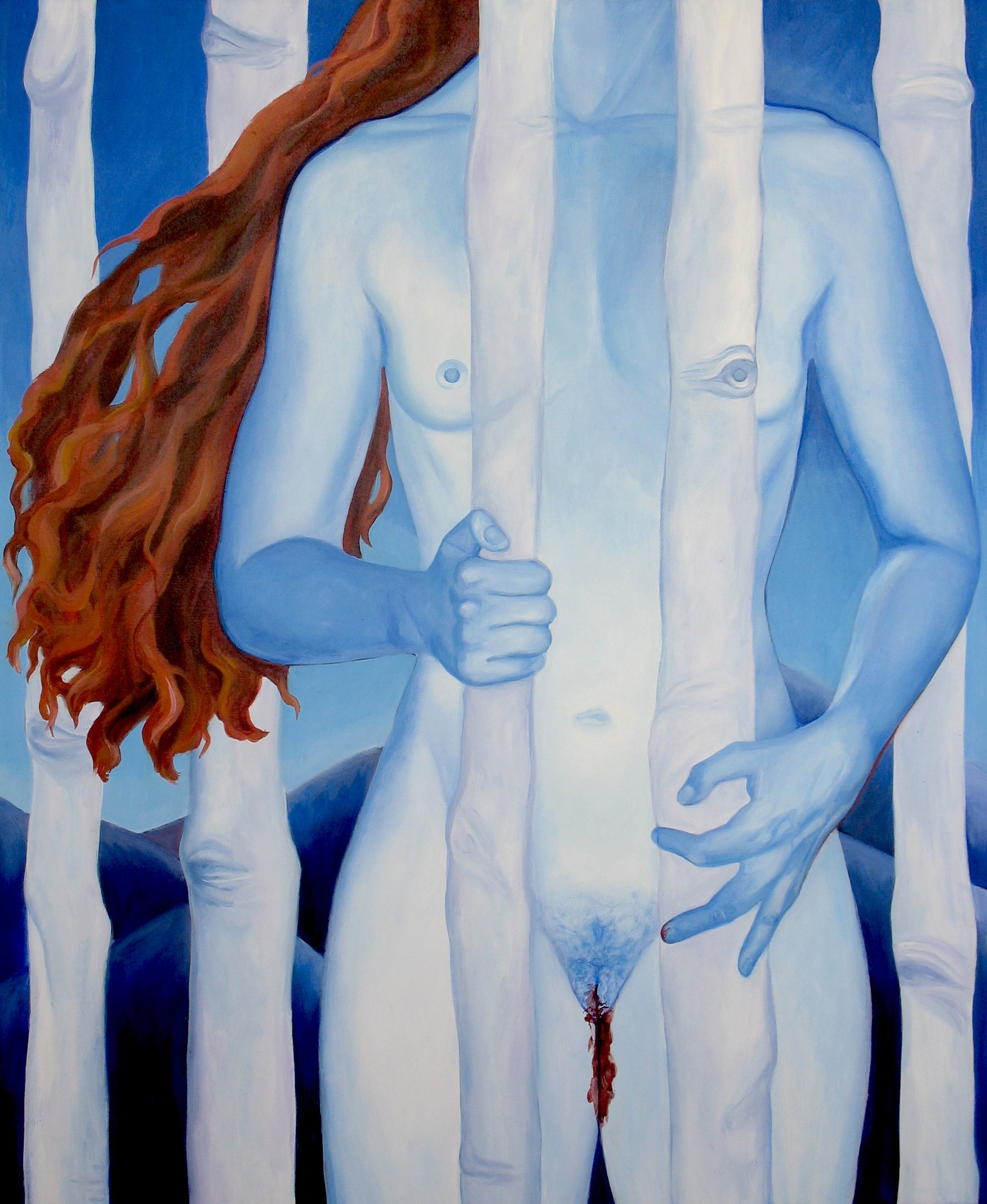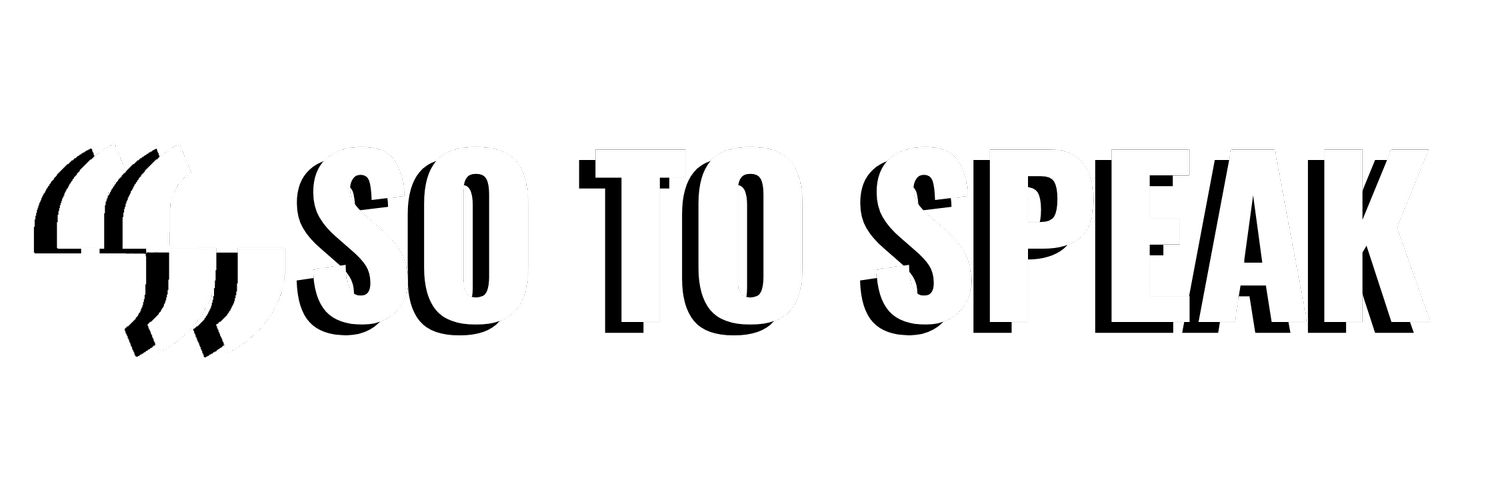
Dear Reader:
At So to Speak, I believe that with an intersectional feminist mission such as ours, it is crucial to not only promote talented writers of diverse backgrounds, but to also actively amplify and promote the voices in a social capacity. With a message that strives for equality on every spectrum, it’s only right to uphold these ideals through enacting them every day and within our communities.
In a political climate like ours, reaching out to our community, both locally and online has become an even larger priority. In the coming year, you’re going to see So to Speak bolster its presence, reaching out through our social media and giving back to our community. In short, we are only going to get louder, give a platform for writers of all backgrounds to be loud, and give back to our DC community.
We have a wide breadth of writers and artwork that is shocking and wonderful. Andrea Acker’s artwork infuses surrealism and indigenous arts that invoke spirituality of a female-bodied experience. Amina Re’s artwork, EXPOSED reveals the consequences of a masculinely dominated society, and the violence imposed on the feminine. Our poetry includes Monica J. Claesson’s “On Visiting a Friend During her Manic Episode,” who in a riveting syntactical rush, pulls the reader in to moments of clarity and intimacy, creating an intense reading experience.
In Rudrakshi Bhattacharjee’s short story “La Mer,” our author writes of a young girl navigating adolescence and struggling with relating to others. Bhattacharjee deftly writes this story through zeroing in on the external mundane alongside a raw internal monologue. Our author writes, “She thinks of all the things she has never done. She has never shoplifted, never kissed more than two boys, never kissed a girl, never kissed her father, never met her grandfather, never had a best friend. She thinks of buying the stale bread she sees next to the spaghetti to give to her mother as an explanation for why she was out so long.”
In nonfiction, we have works like Susan C. Ingram’s “Film/Addict,” where our writer writes in intense flashes, situating pop culture and who the writer calls “my addict.” Her linking is exquisite and at sometimes cheeky. In one portion of her essay, Ingram writes of Idris Elba and “my addict,” writing, “I keep watching. Idris Elba is a good actor. But some of his affectations, the way he sits cross-legged, the way he tilts his head, the way he squints and smiles. He is so like my addict. I shake my head. The hairs on my neck prickle. I keep watching… I am watching my life. But unlike my life—where my addict throws all the big black bags containing his things into his trunk and flees before the three cop cars arrive—she goes outside and as he is being hauled off by the uniforms he breaks free, they embrace, and he tells her he loves her.”
I hope the pieces in our fall issue will move you, as they have moved the editors and me. I also hope that in some way, our issue presses you, reader, to spark some feminist-minded questions, conversations, or ideas. Communities are created with foundational ideals, and are kept strong through reaffirming, discussing, and sometimes challenging these ideals in some way
As our publication year kicks off, I hope to see and hear from more of our readers, and I hope you are as excited as I am for what is in store for the new and improved So to Speak.
Sincerely,
Kristen Brida
Editor in Chief
